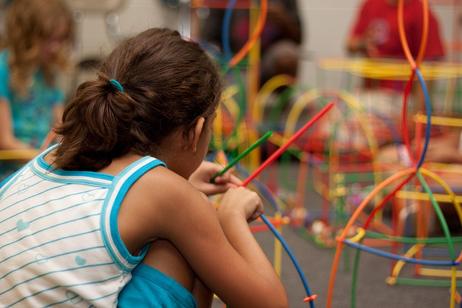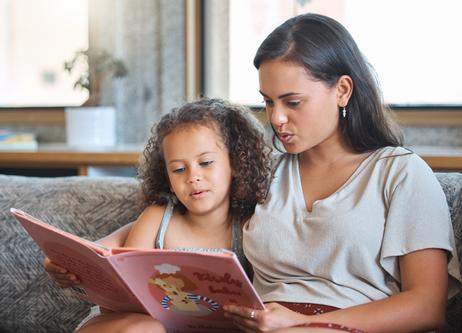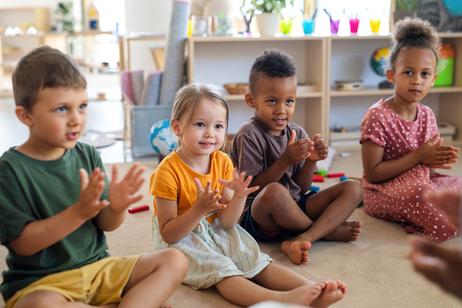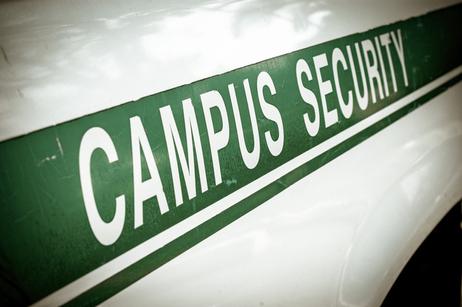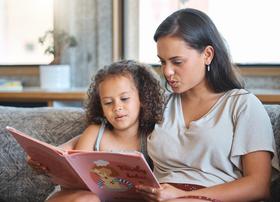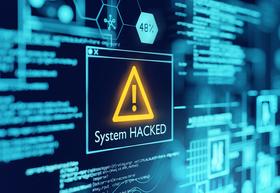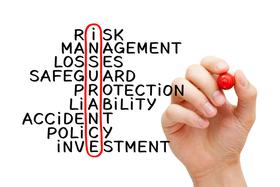How to Choose a Private School That Aligns with Your Family Values
Selecting a private school is more than picking a place for academic instruction—it’s choosing a community, a philosophy, and a partnership in raising your child. While class size, test scores, and extracurriculars matter, alignment with your family’s values is often overlooked yet essential.
Families who find their best-fit schools look beyond prestige and focus on shared priorities. Here’s how to approach your search with clarity and confidence, ensuring your child’s educational environment supports academic success—and personal and ethical development.
Define Your Family’s Core Educational Values
Start by clarifying what matters most to your family. Every school promotes ideals, but the best-fit ones will reflect the beliefs you already live and model.
Ask yourselves:
Do we want a faith-based or secular environment?
How important are character education or community service?
Do we value academic rigor, creativity, independence, or structure?
What are our views on discipline, leadership, and competition?
Is diversity—of thought, background, or culture—a top priority?
By answering these as a family, you’ll be better equipped to identify schools that share your core values. For example, families seeking a religious foundation may explore Christian private schools, while others may prefer independent schools with a progressive outlook.
Look Beyond the Brochure:

